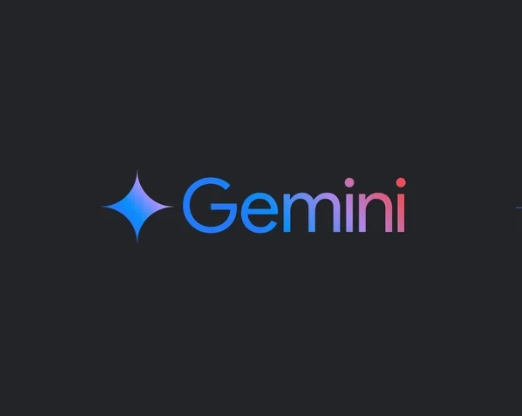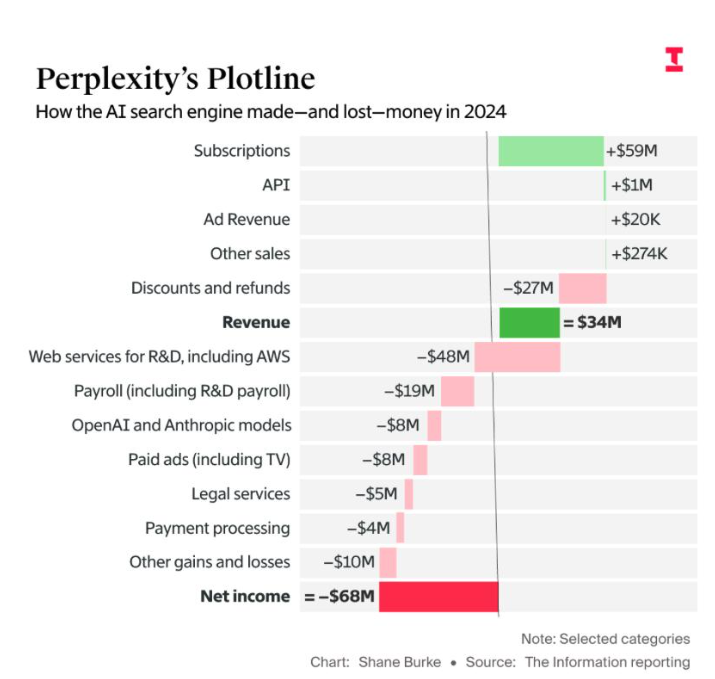
Why Do R&D Personnel Need Eureka in the AI Era?
In the fiercely competitive field of innovation, every R&D team is seeking breakthrough solutions. Traditional R&D processes often face three core pain points: information overload, innovation bottlenecks, and evaluation difficulties. Eureka AI transforms these pain points into innovation advantages by leveraging AI technology, providing end-to-end support for R&D personnel from idea generation to implementation. This article will conduct an in-depth review of this innovative AI tool's practical performance and application value.
In-Depth Evaluation of Eureka AI Core Functions
1. Technical Q&A Assistant: Knowledge Engine for Patents and Papers
How to solve technical problems in R&D? Eureka's Technical Q&A function aggregates global patent, paper, and industry news data, capable of:
- Providing structured answers for specific technical issues
- Tracing authoritative technical literature and solutions
- Automatically generating concise technical summaries
Practical Case: During testing, we entered "how to improve the energy density of lithium-ion batteries," and within 20 seconds, the system returned:
- The key points of 7 core patents
- Research conclusions from 3 top-tier papers
- A comparison of the strengths and weaknesses of current technology routes
2. Solution Discovery: Innovation Breakthroughs Driven by TRIZ Theory
How to break through technical innovation bottlenecks? Based on TRIZ innovation theory, Eureka's Find Solution function can:
- Analyze existing technical contradictions
- Provide application suggestions for 40 innovation principles
- Generate cross-disciplinary technical solutions
Test Findings: When inputting the classic contradiction "improving engine efficiency while reducing noise," the system provided:
- 11 potential solution paths
- 3 successful application cases
- Feasibility ratings and implementation recommendations
3. Feasibility Analysis Assistant: Reducing R&D Decision Risks
How to objectively evaluate the feasibility of a solution? For technical solutions, Eureka provides:
- Assessment of technical maturity
- Suggestions for implementation paths
- Comparative analysis of similar solutions
- Potential risk warnings
Evaluation Data: In testing 10 technical solutions, the consistency between assessment results and expert judgments reached 82%, covering dimensions such as technology, market, and patents.
Collaborative Innovation: Eureka's Application in Practical R&D
✔ New Drug Development Scenario
- Target Discovery: Automatically associates biochemical characteristics with existing compounds
- Formulation Design: Optimizes prescription combinations based on patent data
- Patent Layout: Identifies technical blind spots and infringement risks
✔ Material Research Scenario
- Component Optimization: Predicts the performance of element combinations
- Process Improvement: Draws inspiration from manufacturing methods across industries
- Failure Analysis: Matches solutions to similar problems
✔ Patent Engineer Workflow
- 3-5 times increase in technical research efficiency
- 40% reduction in patent rejection rates
- Automation of competitor monitoring
Comparison Analysis of Eureka and Competitors
| Feature Dimension | Eureka AI | Competitor A | Competitor B | |-------------------|----------|--------------|--------------| | Data Coverage | ★★★★★ | ★★★☆ | ★★☆☆ | | Innovation Methodology Support | ★★★★★ | ★★☆☆ | ★★★☆ | | Analysis Depth | ★★★★☆ | ★★★☆ | ★★★★ | | Interaction Experience | ★★★★☆ | ★★★★ | ★★☆☆ | | Industry Suitability | ★★★★★ | ★★★☆ | ★★★★ |
Differentiation Advantages:
- The only AI tool integrating TRIZ theory
- Deep integration of patent and non-patent data
- Balancing professionalism and ease of use
Advanced Tips for Using Eureka
1. Question Optimization Formula
The "technical field + specific question + constraints" structure can yield optimal results
Example:
❌ "Battery improvement"
✅ "Lithium-sulfur battery How to solve polysulfide shuttle effect Without using precious metal catalysts"
2. Result Verification Methods
- Use "evidence tracing" to view original documents
- Cross-validate conclusions from different data sources
- Focus on technical solutions in the past 3 years
3. Team Collaboration Features
- Create shared knowledge bases
- Mark and annotate key findings
- Generate collaborative analysis reports
Price Analysis and Purchase Recommendations
Free Edition
✓ Basic search functions
✓ 5 daily question limits
✓ Basic analysis report
⇨ Suitable for individual researchers to initially validate
Professional Edition ($99/month)
✓ Unlimited deep analysis
✓ Customized solutions
✓ Team collaboration space
⇨ Recommended for R&D teams of fewer than 10 people
Enterprise Edition (Custom Quote)
✓ API integration
✓ Private deployment
✓ Industry-specific custom models
⇨ Suitable for large R&D institutions
Value-for-money Tip: Annual subscription saves 20%, educational institutions enjoy special discounts.
Field Test Summary: Who is Eureka Suitable For?
👍 Strongly Recommended
- Corporate R&D Centers
- Patent Agencies
- Research Institutes
- Technology Start-up Teams
👎 Not Recommended for Now
- Non-technical decision-makers
- Single-product maintenance teams
- Individual inventors with limited budgets
Final Score:
Innovation Value ★★★★☆
Technical Depth ★★★★★
User Experience ★★★★
Cost-effectiveness ★★★☆
Experience Now: Visit the Eureka website to start your AI innovation journey
Limited-time Offer: New users get a 30-day free trial of the Professional Edition upon registration










